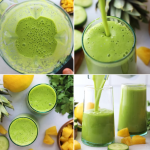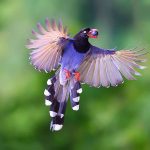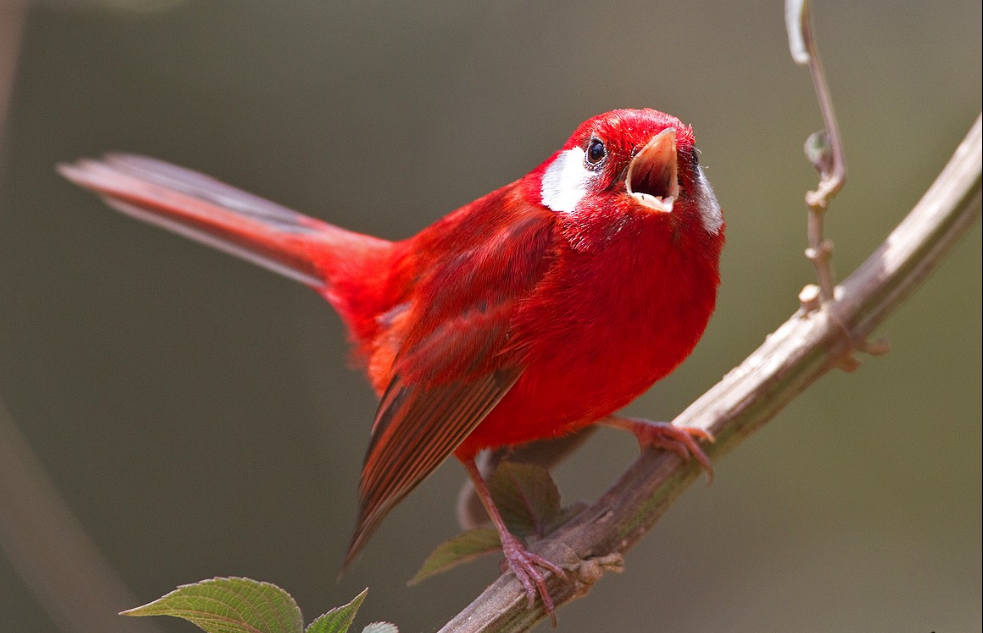
A little, vivid red bird that is easily identifiable due to its vivid colour and lively temperament!
The red warbler, or Cardellina rubra, is a little passerine that ranges in length from 12.5 to 13.5 cm (4.9 to 5.3 in) and weighs 7.6 to 8.7 g (0.27 to 0.31 oz). Adult birds have red overall, and depending on the subspecies, each side of their head has an auricular patch that is either white or dark grey. The tail and wings have a pinkish-red border and are a shade deeper, dusky red. The beak is pinkish-gray with a black tip, while the legs are a drab reddish-brown colour. Iris colour ranges from dark brown to black.
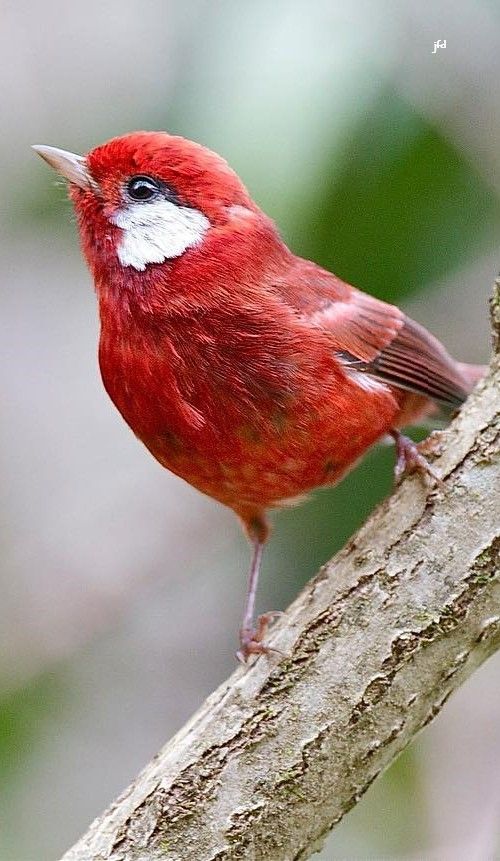
The female’s plumage tends to be a little duller or more orange-tinged, but overall there is not much difference between the sexes.
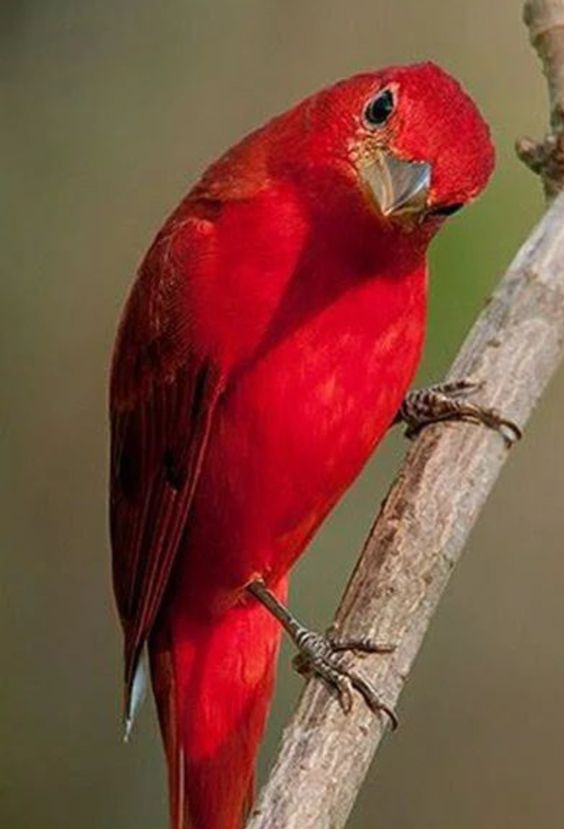
August marks the entire moult and separation of adult couples following the mating season.
This species is native to Mexico and may be found all the way from southern Hidalgo to southern Chihuahua.
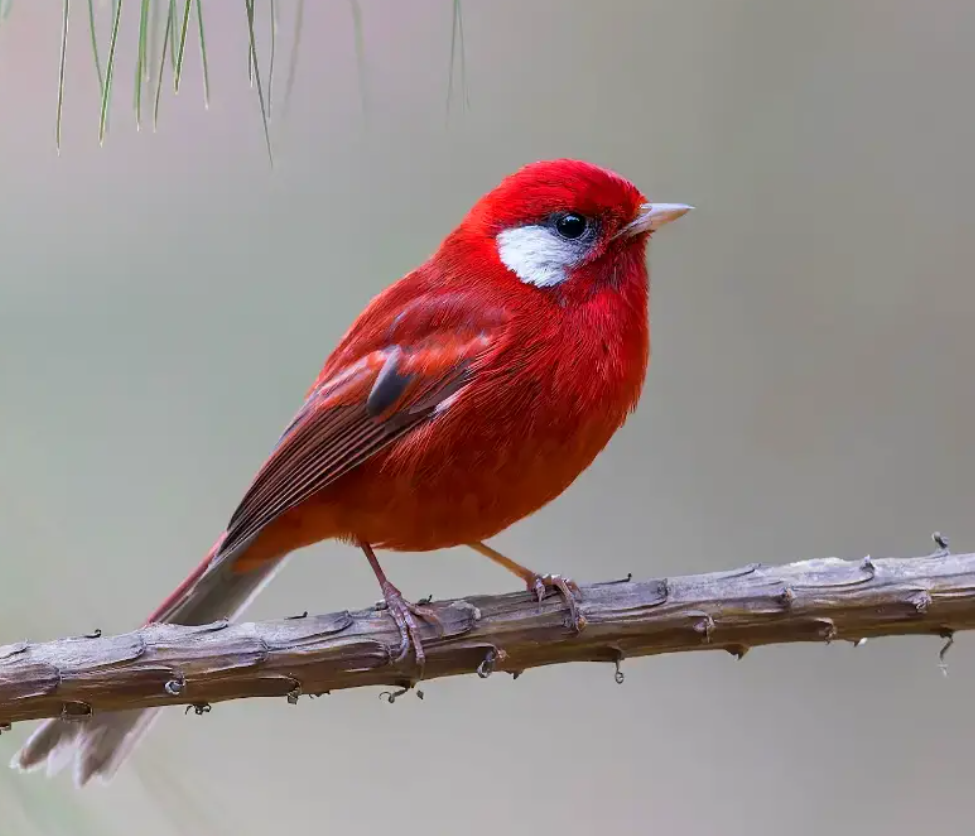
High altitude, humid and semi-humid pine, pine-oak, fir, and, to a lesser degree, oak woods are the preferred habitats of the red warbler. Their range of presence is 2.000-3.500 metres.
Inflamed When foraging, warblers like to be among trees with dense foliage, especially conifers, since the outer branches of these trees provide a variety of insects, especially caterpillars, for them to eat. In order to capture insects, this species also hover-gleans like a flycatcher.

The flushed The warbler constructs its cup-shaped nest in a ground depression. Usually, the nest location is at the foot of a woody shrub or on an open slope. Occasionally, a plant stem, log, or rock will overhang the nest location, providing cover and security for the nest. The female constructs the nest, which is lined with grasses or animal hair and constructed from pine needles, bark, or leaves. For sixteen days, only the female incubates the eggs; however, when the young hatch, both parents feed them. After ten to eleven days, the chicks get fledged.
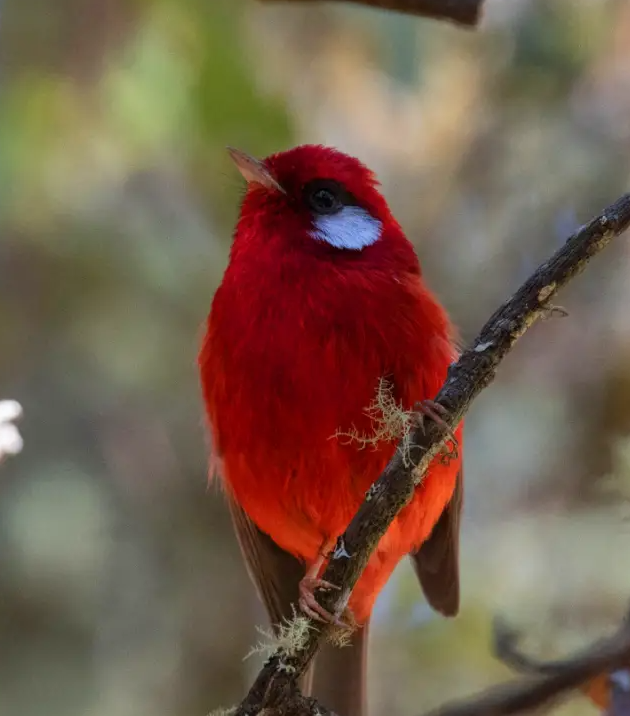
The IUCN Red List rates this species as Least Concern due to its wide breeding area and estimated worldwide population of 50.000–500.000 individuals. The population is thought to be declining as a result of continued habitat degradation.
